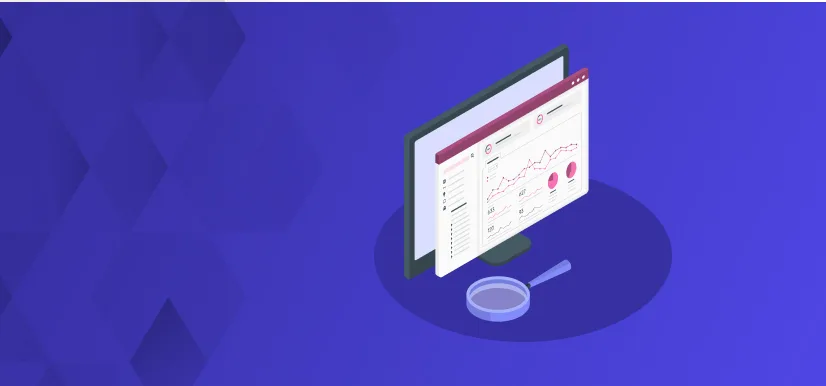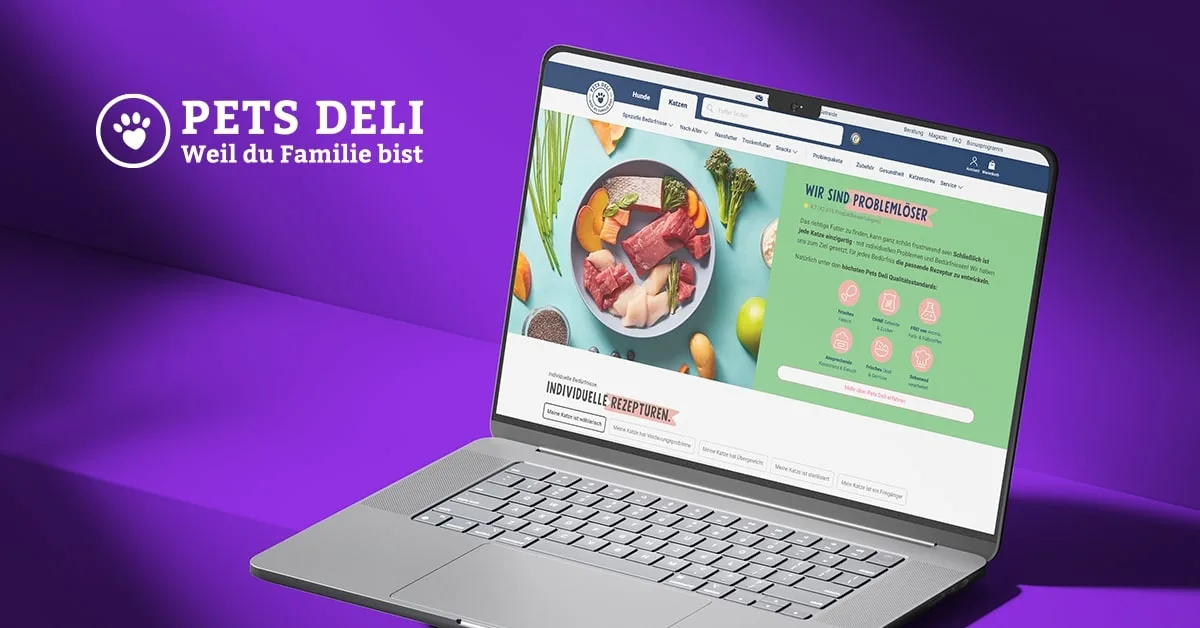- Content
How to Choose a Headless CMS


As the digital landscape continues to evolve, businesses are looking for ways to stay ahead of the competition.
One of the most important factors in achieving this is having a strong online presence.
At the heart of that is having a content management system (CMS) that is capable of meeting your needs.
But with so many different options available, it can be difficult to know where to start. One type of CMS that has been gaining in popularity in recent years is the headless CMS. Unlike traditional CMSes, which are tightly coupled with the front-end presentation layer, headless CMSes offer a separation of concerns that allows for greater flexibility and scalability.
However, with this flexibility comes a new set of challenges.
How do you choose the right headless CMS for your business?
In this blog post, we’ll explore the key considerations that you need to keep in mind when evaluating different headless CMS options.
By the end, you’ll have a better understanding of what to look for and be better equipped to make an informed decision.
So, let’s dive in.
Content Management Capabilities
When it comes to choosing a headless CMS, content management capabilities should be one of the top priorities.
Content is the backbone of any digital presence, and a headless CMS is no exception.
The content management capabilities of a headless CMS are what enable businesses to create, edit, and publish content with ease while also enabling teams to collaborate effectively.
A good headless CMS should offer a user-friendly interface that is intuitive and easy to navigate. It should provide a clear and well-organized dashboard that displays all of the content types, fields, and categories, making it easy for users to manage their content. Additionally, a headless CMS should provide a high degree of flexibility in content management, allowing users to customize content types, fields, and taxonomies to fit their specific needs.
The ability to manage workflows and version control is also important for content management. A headless CMS should allow for easy collaboration between different teams and team members, including content creators, editors, and publishers. This means that content should be easily shareable and accessible to different users with different permissions. Version control is also important for managing content, as it enables users to track changes to content over time, revert to previous versions, and collaborate more effectively.
Another key factor to consider when evaluating content management capabilities is the ability to integrate with other tools and platforms. A good headless CMS should be able to connect with other platforms and tools, such as marketing automation systems, social media management tools, and analytics platforms, to name a few. Integration with other tools can help businesses streamline their content creation and distribution process, saving time and effort while also improving overall efficiency.
Overall, content management capabilities are a crucial aspect of any headless CMS, and businesses should carefully evaluate these capabilities when choosing a platform. A strong content management system is essential for creating and maintaining a successful digital presence, and a good headless CMS can help businesses achieve that goal.
API and Integration Capabilities
API and integration capabilities are crucial aspects of any headless CMS.
Integration with other tools and platforms, such as commerce solutions, personalization tools, experimentation tools, and data sources, can help businesses create a seamless and personalized user experience. It can also help businesses gain valuable insights into user behavior, preferences, and trends, which can inform future content creation and marketing strategies.
A good headless CMS should provide a robust API that enables easy integration with other tools and platforms.
The API should be well-documented and easy to use, with comprehensive documentation and support to help developers get up and running quickly. Additionally, a headless CMS should provide a range of integration options, including pre-built connectors and APIs, to make integration as easy and seamless as possible.
When evaluating integration capabilities, it's also important to consider the specific needs of your business. For example, if you're running an e-commerce site, you'll want to look for a headless CMS that provides strong integration with e-commerce platforms and payment gateways. Similarly, if you're running a content-heavy site, you'll want to look for a headless CMS that provides strong integration with analytics and content optimization tools.
Overall, API and integration capabilities are critical aspects of any headless CMS and should be carefully evaluated when choosing a platform. A strong API and integration capabilities can help businesses create a seamless and personalized user experience, gain valuable insights into user behavior and preferences, and streamline their content creation and distribution process.
Customization Options
Customization options are another important aspect to consider when choosing a headless CMS.
Every business has unique needs, and a good headless CMS should be able to accommodate those needs with a high degree of flexibility. This includes the ability to customize content types, fields, and taxonomies to fit specific requirements, as well as the ability to customize the user interface and workflows to match team preferences.
A headless CMS with strong customization options can help businesses optimize their content creation and distribution process, improve efficiency, and create a more seamless and personalized user experience. It can also help businesses stay agile and adapt to changing needs and trends over time.
Overall, customization options should be carefully evaluated when choosing a headless CMS, and businesses should look for a platform that provides a high degree of flexibility and customization options to meet their unique needs.
Scalability and Performance
Scalability and performance are important factors to consider when choosing a headless CMS. As your business grows and your content needs evolve, you'll want a platform that can scale to meet those needs. This means looking for a headless CMS that can handle large volumes of content and traffic without sacrificing performance.
In addition, you'll want to consider the performance of the headless CMS itself. A fast and reliable CMS can help improve the user experience and reduce bounce rates while also improving overall search engine rankings. When evaluating performance, consider factors such as page load times, response times, and uptime.
Overall, scalability and performance are crucial considerations when choosing a headless CMS. A platform that can handle your current and future needs while also providing strong performance can help ensure the success of your digital presence.
Security and Compliance
Security and compliance are critical considerations when choosing a headless CMS. The platform you choose should be secure and compliant with all relevant regulations and standards, such as GDPR, HIPAA, CCPA, and PCI-DSS.
A headless CMS that is not secure can leave your business vulnerable to cyberattacks, data breaches, and other security threats. This can result in significant financial and reputational damage, as well as legal consequences. When evaluating security, consider factors such as data encryption, access controls, and vulnerability management.
Compliance is also important, especially if your business operates in a regulated industry. A good headless CMS should be compliant with all relevant regulations and standards and should provide features and functionality that enable compliance, such as data retention policies and audit logs.
Overall, security and compliance are critical considerations when choosing a headless CMS. A secure and compliant platform can help protect your business from security threats and legal consequences while also providing peace of mind for your team and customers.
The Bottom Line: How to Choose the Right Headless CMS for Your Needs
Choosing the right headless CMS depends on the specific needs of your business. However, based on the considerations outlined in this post, there are several key points to keep in mind when evaluating different options.
Content management capabilities: a user-friendly interface, flexibility in content management, the ability to manage workflows and version control, and integration with other tools and platforms.
API and integration capabilities: a robust API, comprehensive documentation and support, pre-built connectors and APIs, and consideration of specific business needs.
Customization options: the ability to customize content types, fields, and taxonomies, as well as the user interface and workflows.
Scalability and performance: the ability to handle large volumes of content and traffic without sacrificing performance, and fast and reliable CMS.
Security and compliance: compliance with relevant regulations and standards, data encryption, access controls, vulnerability management, and features and functionality that enable compliance.
Overall, when choosing a headless CMS, businesses should carefully evaluate their specific needs and consider each platform's capabilities and limitations. This can help ensure a successful and efficient content creation and distribution process, as well as a seamless and personalized user experience.

![4 Benefits of Headless A/B Testing [with Examples from Ace & Tate]](https://images.ctfassets.net/a7v91okrwwe3/1rAE9Eod5ybWUHtc9LEMLo/607bdcaf0512ec8f2af0f9f93dbe84f8/Ace___Tate_landscape.jpg?fm=webp&q=75&w=3840)